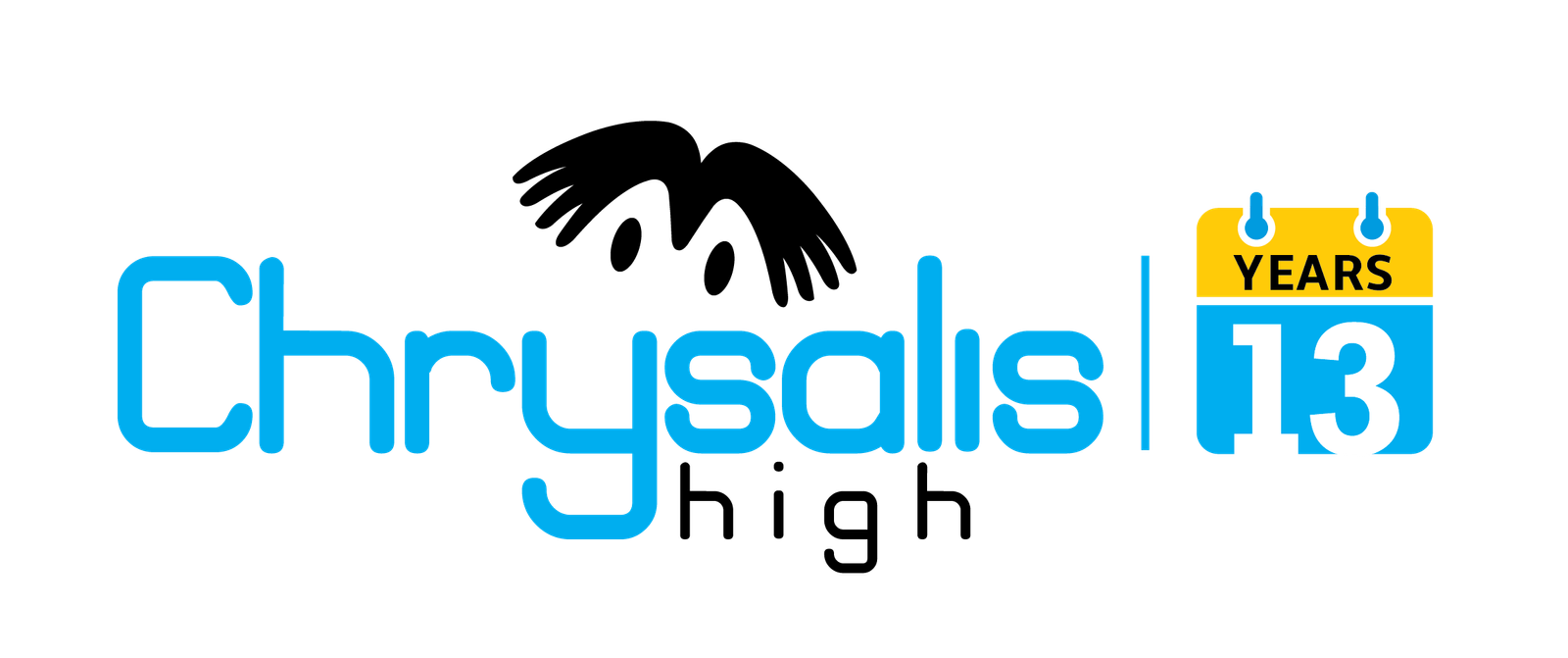
Language is a magical gateway to the world, and for our youngest learners, kindergarten children, it’s a treasure trove of discovery and delight. Within the tapestry of language, rhyming words are like twinkling stars that guide these little explorers through the vast universe of words and sounds. In this blog, we’ll embark on a playful journey to explore the enchanting realm of three-letter rhyme words specifically tailored for our kindergarten companions.
I. The Magic of Rhymes in Early Childhood
Kindergarten is a magical time in a child’s life, where the wonder of language unfolds. It’s the age of imagination, creativity, and boundless curiosity. Rhyming words play a pivotal role in this linguistic adventure, fostering not only language development but also cognitive and social growth. Rhymes engage children’s auditory senses, help them recognize sound patterns, and provide a foundation for reading and writing. The rhythmic quality of rhymes adds a layer of musicality to language, making it fun and memorable.
II. The Charm of Three-Letter Rhyme Words
Three-letter rhyme words are like mini-masterpieces in the world of rhymes. Their brevity and simplicity make them ideal for young learners. These words are not only easy to remember but also serve as building blocks for early literacy. Let’s dive into the world of three-letter rhyme words and discover the categories and examples that make them perfect for kindergarteners.
III. Few Categories of Three-Letter Rhyme Words
Animal Adventures
Three-letter rhyme words frequently appear in children’s literature and tales about animals. They help young readers and listeners connect with the characters and their adventures. Some popular examples include “cat,” “bat,” and “rat.”
Near Nature
Nature-themed rhymes invite kindergarteners to explore the world around them. Words like “sun,” “fun,” and “run” create imagery that sparks curiosity and appreciation for the environment.
Everyday Playfulness
In the world of young children, play is paramount. Rhymes based on everyday objects and activities like “cup,” “pup,” and “mop” invite children to relate rhyming words to their daily lives, enhancing their language skills.
IV. The Joy of Creating Three-Letter Rhymes
We can enhance a child’s experience by introducing them to the joy of creating rhymes. Here are some tips to guide them on their journey
Sound Awareness
Encourage children to listen to the sounds at the end of words. For three-letter rhymes, emphasize the consonant-vowel-consonant (CVC) pattern, such as “bug,” “mug,” and “rug.”
Varying Vowels
Show children how changing the vowels while maintaining the consonant sound can create new rhymes. For example, “cat” can become “cot” or “cut.”
Illustrating Rhymes
Invite children to draw pictures or use tangible objects to represent their rhymes. This multisensory approach enhances their understanding and memorization of rhyming words.
Rhyme Games
Engage children in rhyme games, such as “Rhyme Time” or “Rhyme Bingo,” to make learning rhymes interactive and fun.
V. Multiple activities that incorporate rhyme words in Early Years
Interactive Storytime
Teachers and parents often use rhyming books and stories to make reading engaging. Books like “Cat in the Hat” by Dr. Seuss are cherished for their playful rhymes.
Phonics Lessons
Phonics, an essential component of early literacy, frequently includes rhyming words. Children learn to recognize word families through rhyming activities.
Art and Crafts
Rhymes can inspire art projects where children draw or create craft items related to the rhyme. For example, they might make “cat” masks and “bat” puppets.
Rhyme Games
Educational games like “Rhyme Bingo” or “Rhyme Match” are interactive and enjoyable ways for kindergarteners to practice rhyming.
VI. The Joy of Learning and Growing
The initial years are a time of wonder, exploration, and boundless enthusiasm for learning. Three-letter rhyme words are the stepping stones that guide these young learners on their path to literacy. They introduce children to the musicality of language, the fun of wordplay, and the excitement of storytelling. As educators, parents, and caregivers, we have the privilege of nurturing this fascination with rhymes and words, and in doing so, we help children unlock the doors to a lifelong love of language and communication.
Conclusion
In the realm of creative expression, three-letter rhyme words hold significant importance. They enhance creativity, improve memorability, and serve as powerful tools in poetry, songwriting, and children’s literature. The accessibility, versatility, and simplicity of three-letter rhymes make them an essential element in the imaginative toolbox of writers and storytellers. By understanding the techniques for crafting three-letter rhyme words, we can unlock a world of possibilities and captivate the audience with the magic of rhyme.
For more enriching educational resources and insights, delve further into Chrysalis High.
FAQ
Why focus on three-letter rhyme words in language exploration?
Understand the significance of delving into three-letter rhyme words and how they contribute to early language development and phonemic awareness.
Are there educational benefits to introducing three-letter rhymes to children?
Explore the cognitive advantages of introducing three-letter rhyme words, such as enhancing memory, promoting language fluency, and fostering a love for language learning.
How can parents actively engage children in exploring the magical world of three-letter rhyme words?
Discover practical tips and interactive activities to make the learning experience enjoyable and effective for parents and caregivers supporting their children’s language development.
What resources are available for further exploration of three-letter rhyme words?
Find recommendations for books, games, and online tools that can supplement the exploration of three-letter rhyme words, making the learning journey both engaging and enriching.


